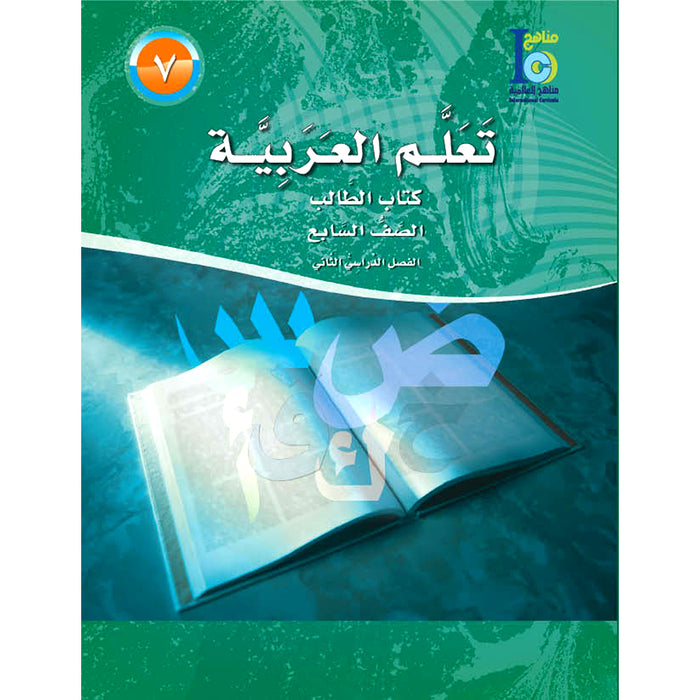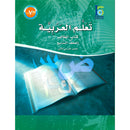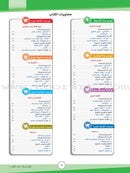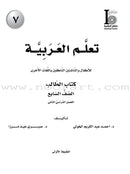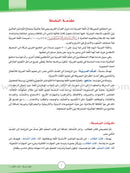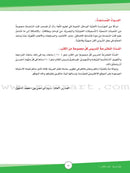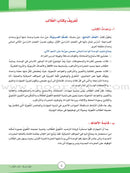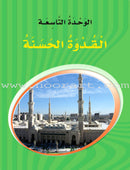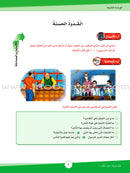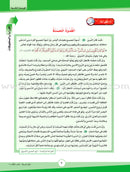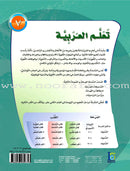ICO Learn Arabic - Middle and High (7th - 12th Level) تعلم العربية
Description
Estimate shipping
To learn more about our Shipping Methods and estimated delivery dates Click here!
Order Processing: Most confirmed retail orders are processed within 1-2 business days. (A confirmed order is one that is ready for shipment and free of unresolved issues, such as payment delays, incorrect shipping details, or unavailable items.)
Expedited Shipping: Orders with expedited shipping services placed before 12 p.m. Central Time will be processed and shipped the same day. (Please note that FedEx and USPS International services are NOT considered expedited. Shipping times do not include holidays or weekends)
Unforeseen Delays: While we strive to ensure prompt delivery, Noorart is not responsible for delivery delays caused by circumstances beyond our control, such as severe weather, natural disasters, or labor strikes.
Holiday Shipping: During the holiday season, please anticipate possible delays due to increased shipping volumes. We appreciate your patience and wish you joyful holidays!
* 1 lb. = 16 oz
- Item must be purchased by the customer
- You will be notified within 3 days if you earned points.
- This program is for retail customers only. Wholesalers and schools are not eligible for this program.
If you have a customer account, you can collect points by:
- Creating an account (5 points)
- Subscribing to our newsletter (10 points)
- Reviewing a purchased item (20 points per valuable review)
- Following us on Instagram (10 points)
- Sharing on social media (5 points)
- Liking our Facebook page (5 points)
- Placing an order (1 point for every $1 spent)
- Referral Program: where you can get 100 points (100 point = $10) for every referral that results in a sale.
Click here for more information about our rewards program
Click here to check your points Balance
Payment & Security
Your payment information is processed securely. We do not store credit card details nor have access to your credit card information.

